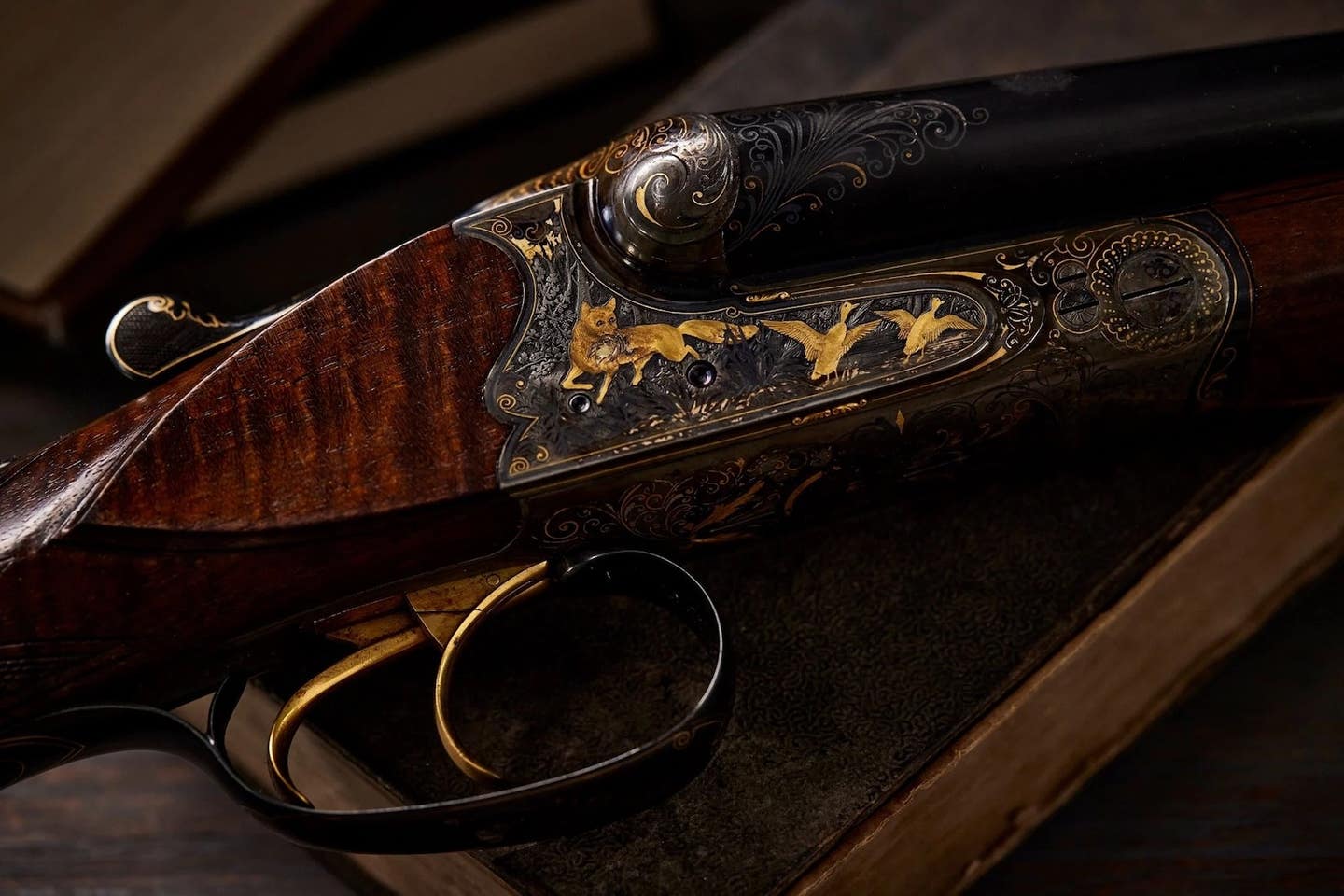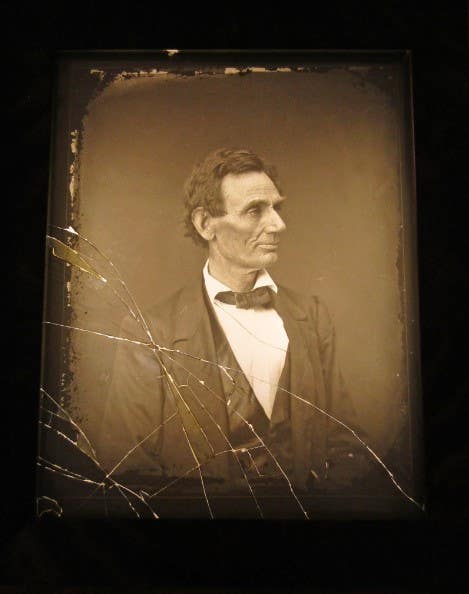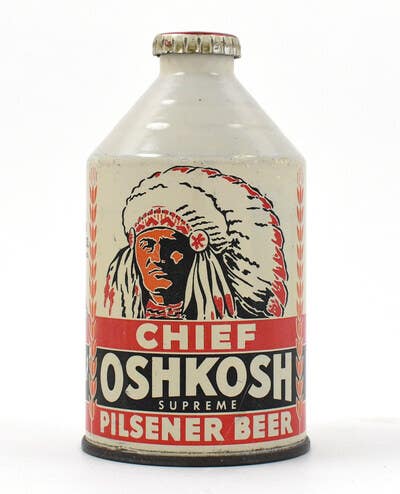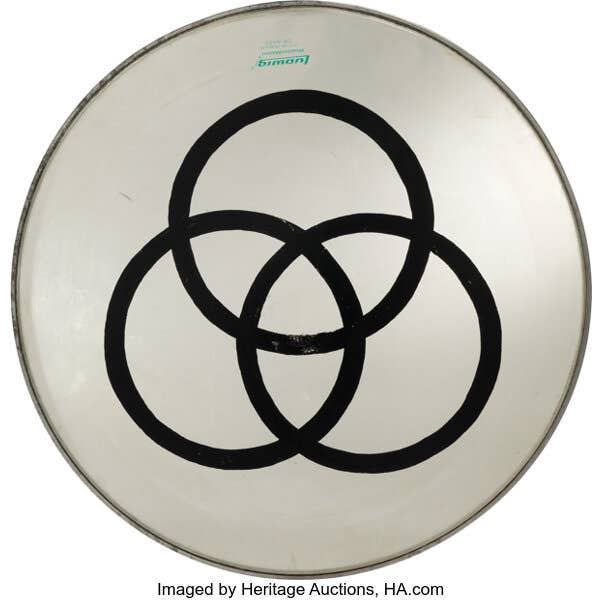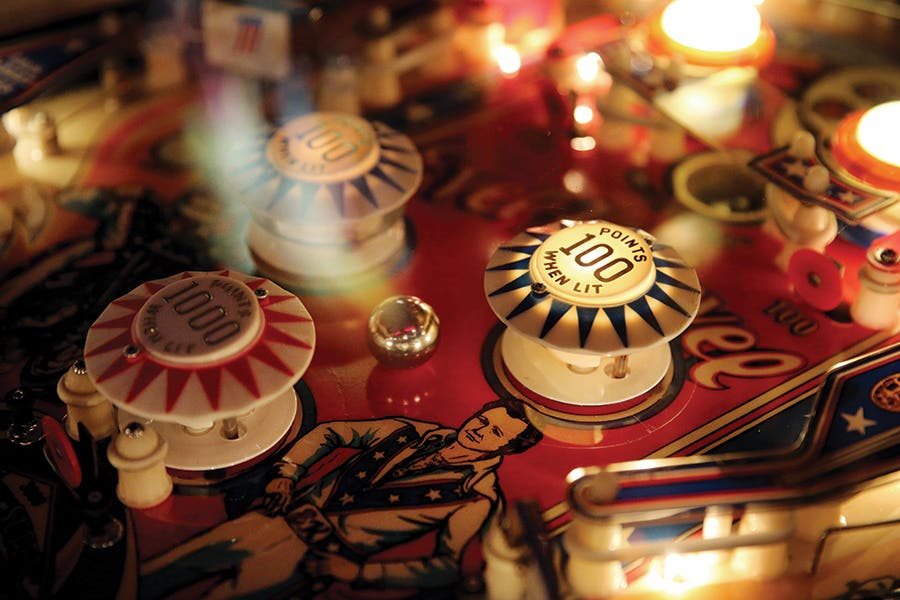Antique Appraisals: Brass vase holds value of up to $100
In his latest round of antiques appraisals for Antique Trader magazine subscribers, Dr. George Marchelos evaluates a brass footed vase and a group of silver hallmarked flatware.
Editor’s Note: Complimentary antique appraisals (for entertainment purposes only) from the Antique Trader staff of appraisers is a service reserved exclusively for Antique Trader magazine subscribers. Learn more about subscribing at subscribe.antiquetrader.com.
By Dr. George Marchelos
Appraisal Inquiry:
Can you tell me what this is? It is marked on the bottom: GALLERIA SPINELLI ROMA and a hallmark. Thank you.
— R.M.
Antique Appraisal:
R.M. sent a photo of a brass vase made in the Galleria Spinelli studios in Rome, Italy. This studio might have a connection to Gaetano Spinelli but he was active primarily in Florence. The theme is obvious: a cracked egg shell with fluted and floral motif on three bird legs and feet. This is a typical item in the 1950s and after. Although fairly well made the overall assembly is not polished leading me to believe this was a hand assembled piece with many copies.
The value, because of the artistic appearance is probably $80-$100 unless a solid connection can be made to Gaetano Spinelli, who died in 1945, probably too early although someone else could have continued a studio he began.
The condition as seen in the photograph is excellent.
Appraisal Inquiry:
I am sending pics of this very old silver asking if anyone could advise as to the value. I was told that some of it is coin silver but I’m not sure. Thank you.
— N.S.
Antique Appraisal:
N.S. has sent two photos of an accumulation of old silver flatware, asking about their origin and value. These are typical examples of American coin silver spoons used primarily in the first half of the 1800s. Their age would vary from the early part of that century until the 1860s. Close examination might reveal an earlier example from the late 1700s. Coin silver is exactly that. Silver items made from U.S. silver coins containing 90% silver and 10% copper. As a result, it has slightly less silver content than sterling, which is 92.5%, or Britannica which has 95%.
Some of the spoons show teeth marks, which is fairly common. The others have quite a bit of wear. As a result, unless scrutiny of each piece marked results in a rare find these are usually sold for $10-$15 each.
Some are marked but the problem is these combinations of initials were used by more than one manufacturer, mostly in the Northeast—Connecticut, New York, etc. Most were applied to reveal the manufacturer but sometimes they were used as pseudo British hallmarks, used there to verify quality, place of origin and year made.
Overall, coin silver made in the South has a higher value because there was less of it. And, as mentioned, some manufacturers, including those in California, are rare.
AntiqueTrader.com is a participant in the Amazon Services LLC Associates Program, an affiliate advertising program designed to provide a means for sites to earn advertising fees by advertising and linking to Amazon.com and affiliated websites.



